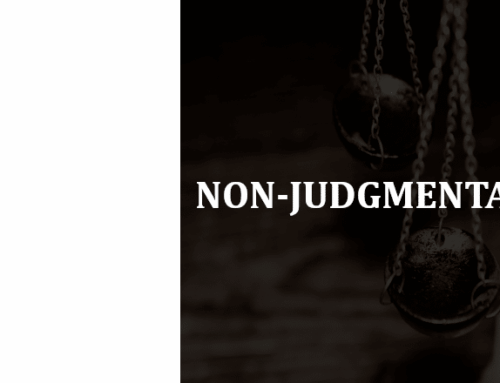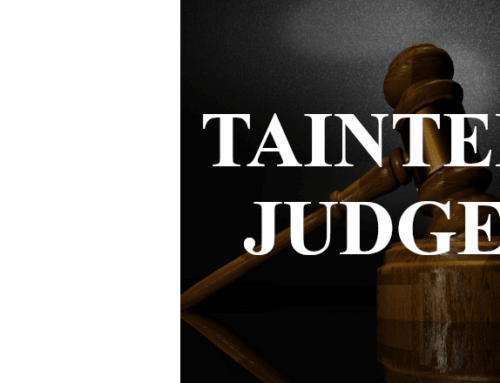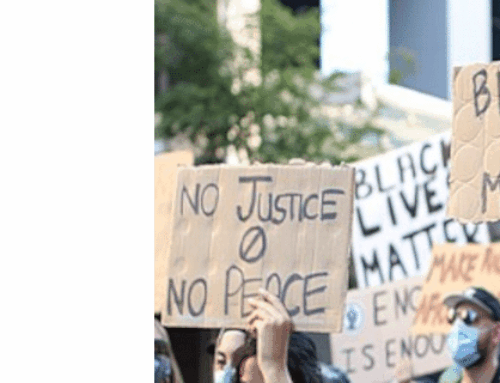Catholic League president Bill Donohue comments on police brutality:
No one supports police brutality, and when it occurs it must be punished. But listening to media reports recently, the impression being given is that it is a regular occurrence. This is false, malicious, and dangerous.
A few days ago, the New York Times ran a piece on two concurrent crises facing the nation: coronavirus and “police violence.” Similarly, news reports are constantly talking about the problem with “the police.”
We have approximately 900,000 police officers in the United States. One of them, Derek Chauvin, indefensibly killed George Floyd. This innocent black man was not killed, as Yahoo News said, by “Minneapolis police.” He was killed by a Minneapolis policeman. That is not a small difference.
If it is wrong, indeed, bigoted, to make sweeping generalizations about minority groups—condemning all for the deeds of a few—it must be equally wrong to make sweeping generalizations about the police. It is also bigoted.
In most of the big cities, minorities are the majority of the police force. Their color is blue, not white, black, or brown. They deserve the same exemption from collective condemnations afforded every race and ethnic group. Instead, important segments in education, the media, and the entertainment industry generalize from the individual to the collective.
We all know about the death of Michael Brown in Ferguson, Missouri in 2014. What many remember is that a racist cop killed him. The public perception is seriously flawed.
The Department of Justice (DOJ) under the Obama administration conducted two investigations into this matter. It concluded that the police officer, Darren Wilson, was telling the truth and that he acted in self defense. Many of the witnesses appeared to have lied.
Jonathan Capehart, an opinion writer for the Washington Post, read the DOJ reports and concluded that they “forced me to deal with two uncomfortable truths: Brown never surrendered with his hands up, and Wilson was justified in shooting Brown.” Capehart is black.
In 2016, Roland G. Fryer Jr., an economics professor at Harvard University, addressed the results of a large-scale study on the extent of racial bias in police shootings. He and a team of researchers spent 3,000 hours collecting data for a paper prepared for the National Bureau of Economic Research. They examined more than 1,000 shootings in 10 major police departments in Texas, Florida and California.
“On the most extreme use of force—officer-involved shootings—we find no racial differences in either the raw data or when contextual factors are taken into account,” he said. “It is the most surprising result of my career.” Fryer is black.
Researchers from Michigan State University and Arizona State University published a paper in 2019 (it appeared online in 2018) titled, “Is There Evidence of Racial Disparity in Police Use of Deadly Force?” They collected data for a two-year period, 2015 and 2016. “When adjusting for crime, we find no systemic evidence of anti-Black disparities in fatal shootings, fatal shootings of unarmed citizens, or fatal shootings involving misidentification of harmless objects.”
Larry Elder offered his thoughts on the paper’s findings. “A new study on racial disparities in police conduct found that differences in offending by suspects, not racism, explains officers’ responses.” Reflecting on the larger issue of black crime, he said, “The No. 1 cause of preventable death for young black men is homicide [for young white men it is accidents], usually committed by another young black man, not a cop.” Elder is black.
We have an entire generation of young people growing up believing that police brutality is a regular occurrence. They are being fed a false narrative in the colleges and universities, one that is further amplified by the media. This is poisoning the public mind and is grossly unfair to the police. Hyping police brutality is a crime.









